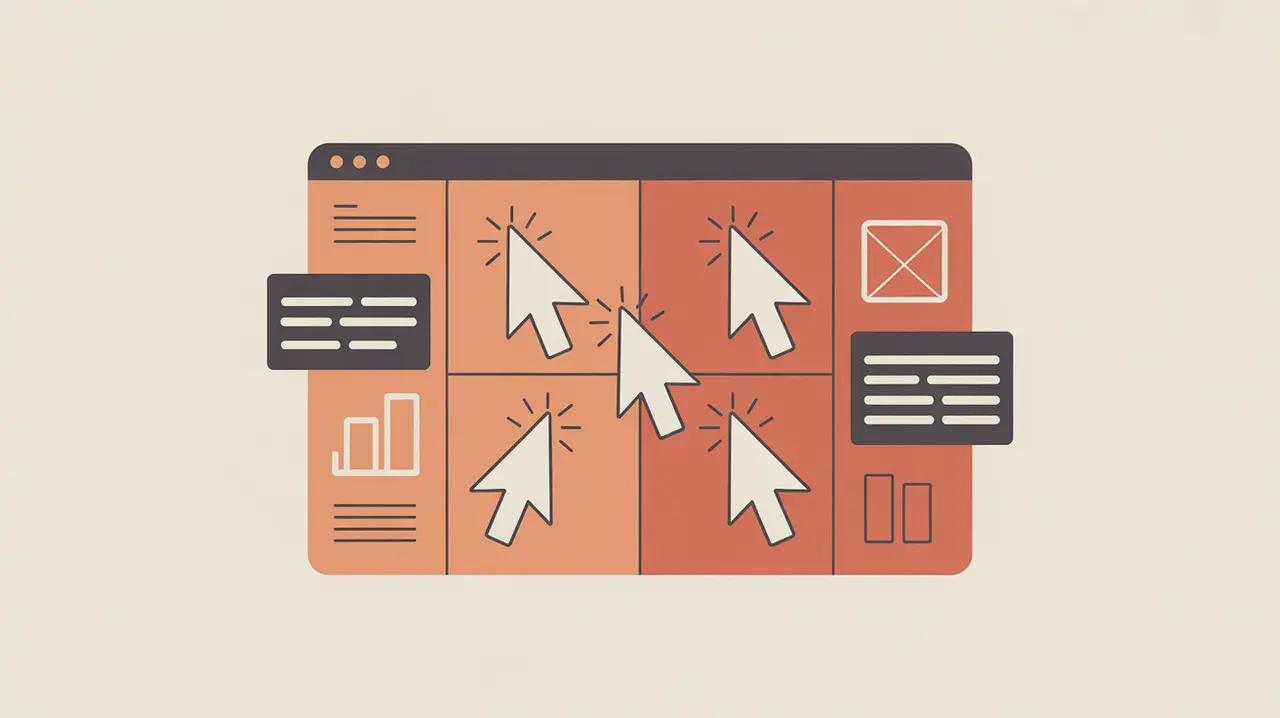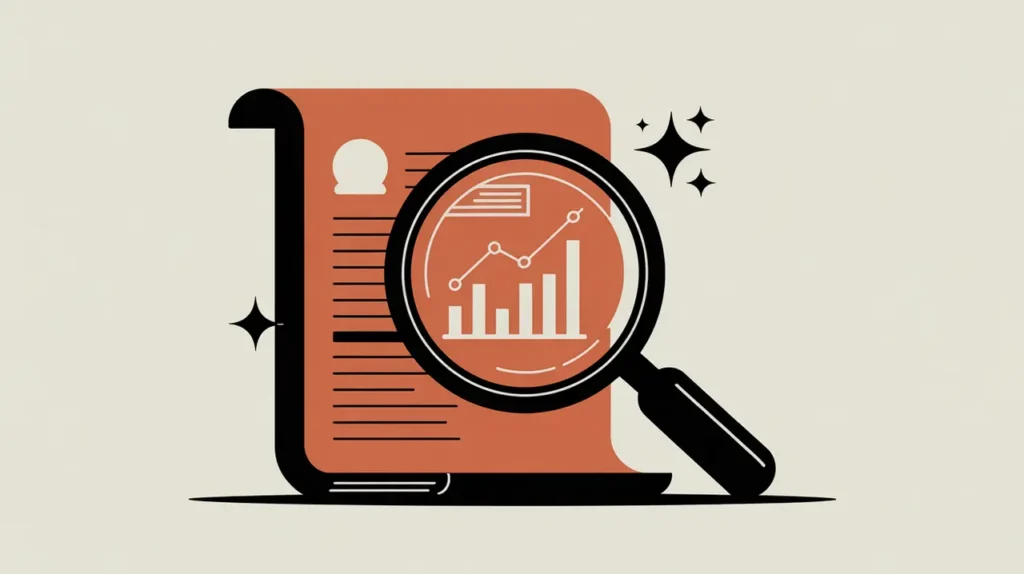Importance of Participatory Monitoring
Participatory monitoring places communities and stakeholders at the center of tracking and assessing programs. It matters because people closest to the issue often have insights, perspectives, and priorities that external evaluators may overlook. By engaging them directly in defining indicators, collecting data, and interpreting findings, participatory monitoring builds trust, ownership, and accountability in development and social innovation.
Definition and Features
Participatory monitoring is the collaborative process of involving beneficiaries, local organizations, and other stakeholders in monitoring activities. Its defining features include:
- Inclusive Engagement – ensures voices from diverse groups, including marginalized communities, are heard.
- Shared Responsibility – distributes roles in data collection, analysis, and reporting.
- Locally Relevant Indicators – reflects measures of success that communities themselves value.
- Capacity Building – strengthens skills and knowledge for long-term monitoring.
- Dialogue and Reflection – fosters discussion between communities and implementing organizations.
How this Works in Practice
In practice, participatory monitoring might involve farmers co-designing indicators to track the effectiveness of agricultural extension services, or youth groups documenting outcomes of education programs through surveys and storytelling. Methods often include community scorecards, participatory rural appraisal, and joint monitoring visits. Challenges include ensuring inclusivity, managing power dynamics, and balancing technical rigor with accessibility for participants.
Implications for Social Innovation
Participatory monitoring advances social innovation by ensuring accountability is rooted in local experience and legitimacy. For practitioners, it creates feedback loops that improve program relevance and responsiveness. For funders and policymakers, it demonstrates commitment to transparency and community-driven change. Participatory monitoring can transforming monitoring from a compliance exercise into a shared journey of learning and collective progress.







